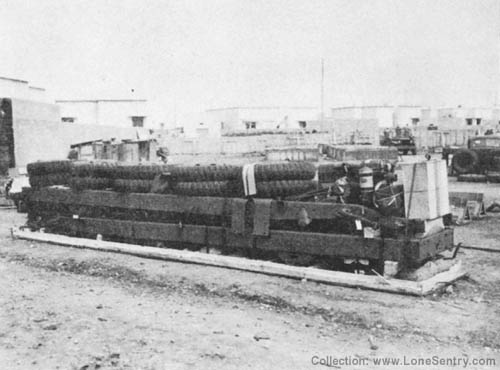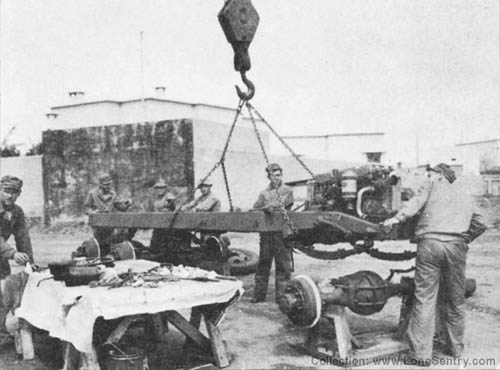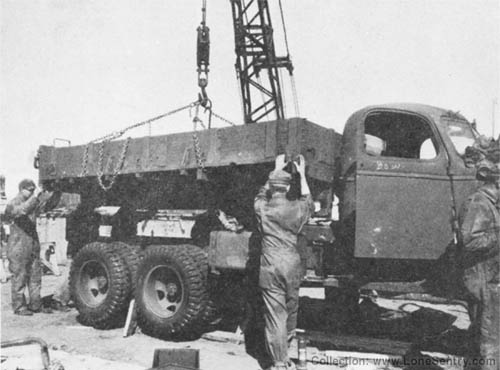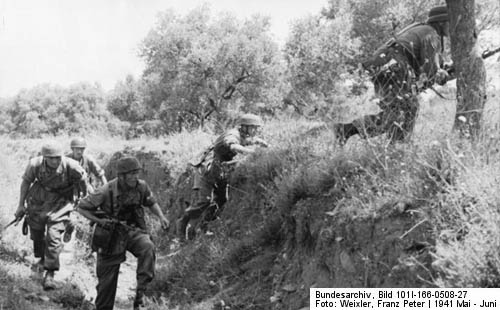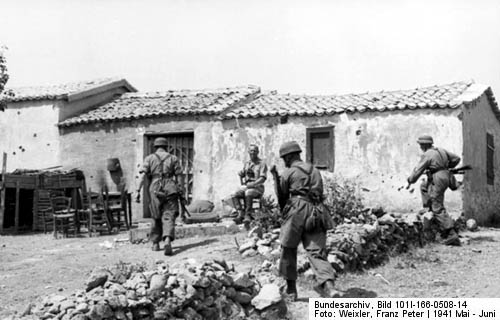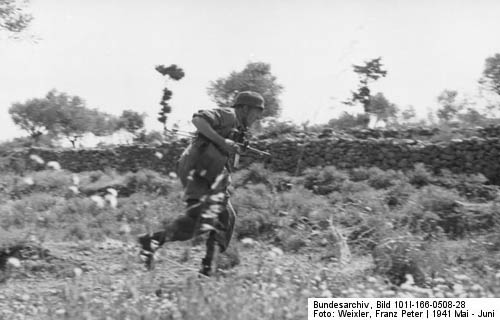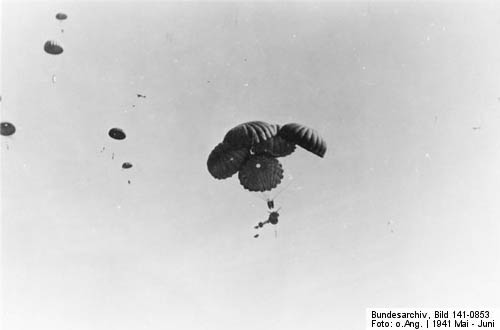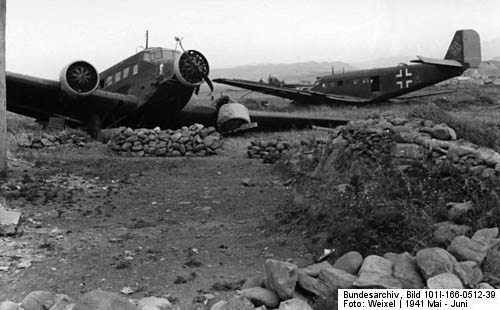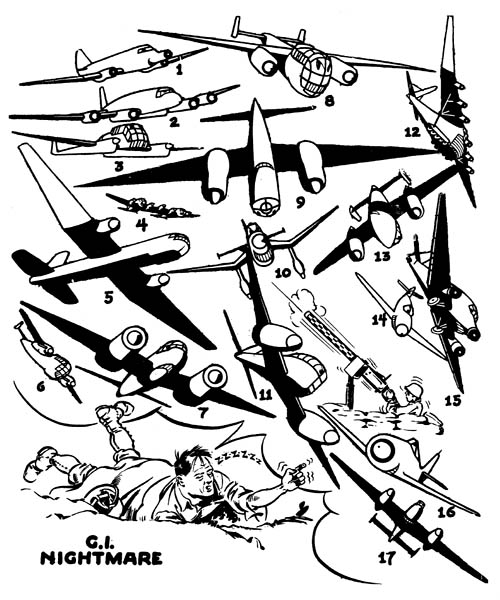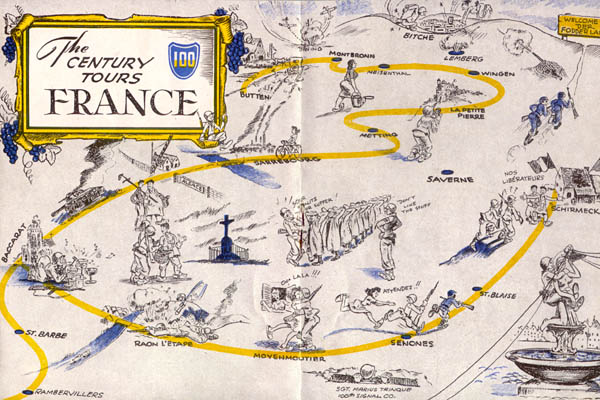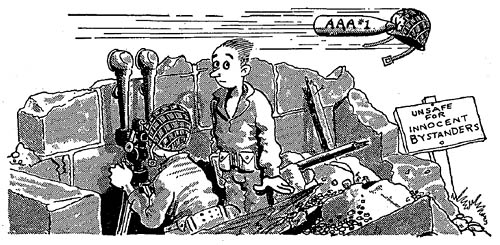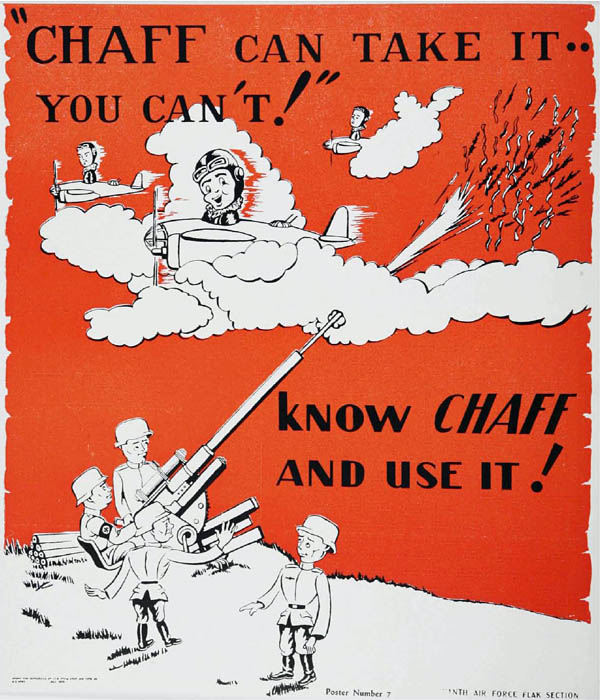Operational antiaircraft report from “Antiaircraft Artillery Notes,” No. 8, December 13, 1944. This attack was mounted by the Luftwaffe’s Jagdgeschwader 4 (JG 4). The aircraft displayed the black-white-black bands of JG 4.
SUBJECT: First Army AAA Versus the Luftwaffe.
SOURCE: AA Section, Headquarters Twelfth Army Group.
a. “Ich habe niemals etwas ähnliches gesehen!” meaning “I’ve never seen anything like it.” This statement by a captured GAF pilot epitomizes the disastrous effort of the Luftwaffe to match its air skill against First Army AAA on the afternoon of 3 December. In this action, the heaviest daylight effort since 5 October, 70 enemy aircraft operated over the front in the First Army area. AAA claim 41 enemy aircraft destroyed and 23 enemy aircraft probably destroyed.
b. The enemy started the attack at 1359 hours when approximately 2 Gruppen entered the First Army area in the VII Corps zone, swung south through the V Corps zone to enter the VIII Corps zone, then reversed to retrace the route, and leave again at the northern part of VII Corps zone. The action lasted for approximately 45 minutes. The enemy chose to operate in concentrated numbers on an afternoon when weather had grounded all our fighters, a fact which the enemy evidently judged would give him freedom in the air to attack targets in the fighting zone and thus slow the threatening ground advance. But the enemy did not reckon with the prepared AAA.
c. The First Army AAA was ready and waiting. The effectiveness of the early warning is demonstrated by the fact that gun crews had four minutes warning of the approach of enemy aircraft. An additional factor in the preparedness was that the area controller had released guns to fire unseen because none of our aircraft were airborne in that area.
d. The cloud ceiling at the time of the action was approximately 1000 feet. The enemy aircraft approached in formations but split up to small individual groups of two’s and three’s before entering the area. The mission assigned was to cover the area “thoroughly and attack any and all targets of opportunity. In attempting to carry out this mission, each aircraft took individual action; more often than not this consisted of violent evasive action to avoid AAA fire. The enemy planes darted in and out of the cloud cover, and even attempted to fly down valleys to avoid our flak. In a determined effort to complete the mission the planes strafed and bombed for 45 minutes, all the time in the face of devastating AAA fire.
e. Fifteen (15) AAA battalions participated in the action. It is not possible to tabulate the claims of each unit at present as claims in many instances are overlapping and the AAA intelligence officers, the air force crash intelligence teams, and the interrogation teams are working overtime to segregate the true facts of the downed planes. Many of the observed coordinates of crashed aircraft are in heavily mined areas or behind the enemy lines and thus are not readily accessible. However, as of 8 December, seventeen (17) crashed aircraft had been located, together with nine live pilots. Units participating in this action were: 116th AAA Gun Bn (M), 555th AAA AW Bn (M), 376th AAA AW Bn (M), 552nd AAA AW Bn (M), 486th AAA AW Bn (SP), 474th AAA AW Bn (SP), 462nd AAA AW Bn (M), 460th AAA AW Bn (M), 387th AAA AW Bn (SP), 438th AAA AW Bn (M), 461st AAA AW Bn (M), 197th AAA AW Bn (SP), 103rd AAA AW Bn (M), 445th AAA AW Bn (M), 377th AAA AW Bn (M)
f. The interrogation of one captured pilot, an extremely experienced one having seen much action on other fronts, produced the following facts: He was shot down by flak after his plane had been hit four times – in the tail, fuselage, wing, and engine. When flak was mentioned, he became very agitated and cursed our AAA fire as being too intense and too accurate. He said that evasive tactics of skidding his plane and jinking, which had worked so successfully on other fronts, was useless here, as evidenced by his being hit and downed. When the flak opened up, it appeared to him that the whole mountainside was alive with fire. He had “never seen anything like it.”
g. The following facts emerging from this action are interesting to note:
(1) Some planes were painted with a replica of the invasion stripes on the fuselage between the cockpit and stabilizer. There were three stripes – black, white, black – each 10-11 inches wide.
(2) Me 109 G-6 and Me 109 G-14 types participated. The Me 109 G-14 had a 20mm cannon mounted between the engine blocks.
(3) First Army policy of preventative maintenance was demonstrated by the fact that the 197th AAA AW Bn (SP) had 36 half-tracks in action without a single malfunction of any type.
(4) The 116th AAA Gun Bn (M) fired some rounds of pre-cut fuzes in gun control at low flying strafing planes. It is reported that one plane was destroyed by this method of fire control. This battalion claims four (4) planes destroyed by unseen fire control.

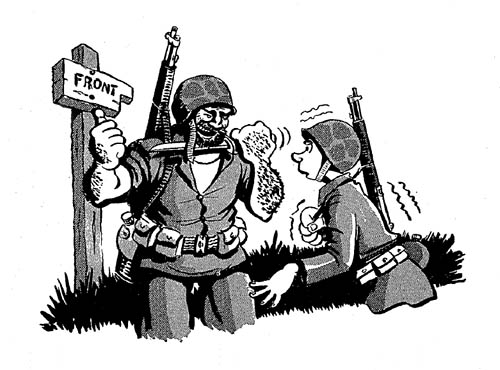
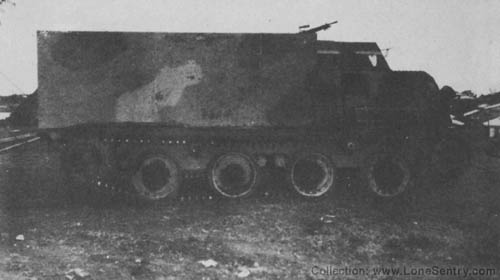
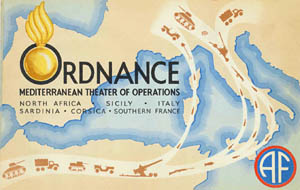 The following pictures of uncrating and assembly of GMC CCKW trucks appeared in Ordnance Activities in the Mediterranean Theater of Operations, November 1942 – June 1945 published by the Ordnance Department. The GMC CCKW 2½ ton 6×6 cargo truck was typically shipped in crates as shown below, and assembled by Ordnance personnel in theater.
The following pictures of uncrating and assembly of GMC CCKW trucks appeared in Ordnance Activities in the Mediterranean Theater of Operations, November 1942 – June 1945 published by the Ordnance Department. The GMC CCKW 2½ ton 6×6 cargo truck was typically shipped in crates as shown below, and assembled by Ordnance personnel in theater.